Description :
-Small form factor system designed for low-power Machine Learning (ML) devices
-Powered by QuickLogic’s EOS S3 eFPGA-enabled Arm Cortex-M4F MCU
-Fully supported with Zephyr RTOS and FreeRTOS
-Based on 100% open source hardware, compatible with the Feather form factor
-Built around 100% open source software with support for:
•FreeRTOS
•Zephyr
•nMingen
•Docker
•SymbiFlow
-Ideal for wearable, voice, gesture sensing applications
-Includes:
•LiPo battery connector and charging circuitry
•Wake-on-sound PDM microphone
•Low-power, three-axis accelerometer
-Strong firmware support for microphone and accelerator
-Ability to move sensor data into embedded FPGA for machine learning algorithms
-Includes Qwiic connector for quick interface with 150+ I2C-compatible boards such as sensors, RFID readers, displays, keypads, and relays.
Specifications:
1.EOS S3 MCU + eFPGA SoC
•Arm Cortex-M4F Microcontroller
○up to 80 MHz operating frequency
○up to 512 KB SRAM
•Embedded FPGA (eFPGA)
○2400 effective logic cells
○64 Kb RAM
2.Thing Plus Form Factor
•Breadboard-compatible 0.1″ (2.54 mm) pitch headers
•2.75″ x 0.9″ (70 mm x 22.9 mm) footprint
•All 20 Feather-defined GPIO + 14 additional GPIO
3.Interfaces
•SWD programming connector for use with USB-TTL converter
•USB data signals are tied to eFPGA programmable logic
•UART available via I/O headers
•I2C available via I/O headers, and Qwiic Connector
•SPI
•I2S
4.Storage
•16 Mbit SPI NOR flash – GigaDevice GD25Q16CEIGR
5.Sensors
•3-Axis 12-bit Accelerometer – STMicro LIS2DH12TR
•Digital pulse density modulation (PDM) microphone with Wake-on-Sound (WoS) feature – Vesper VM3011-U1
6.User Interfaces
•RGB LED
•User pushbutton
•Reset pushbutton
7.Power
•USB Type-C connector (regulated to 3.3 V)
•Single Cell LiPo battery
•On-board charging circuitry – Microchip MCP73831/2
•Standard LiPo JST connector
8.Software
•Machine Learning
○TensorFlow Lite
○SensiML
•Real-time Operating Systems
○Zephyr RTOS
○FreeRTOS
•FPGA Tools
○SymbiFlow
○Renode
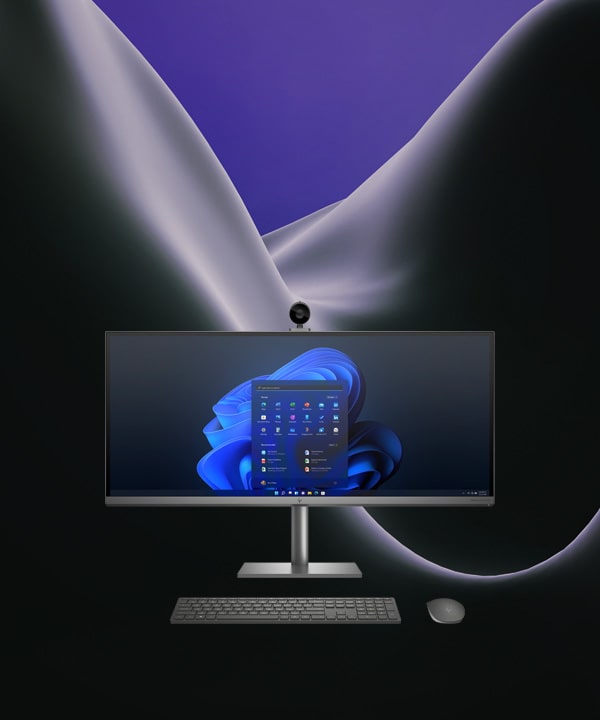


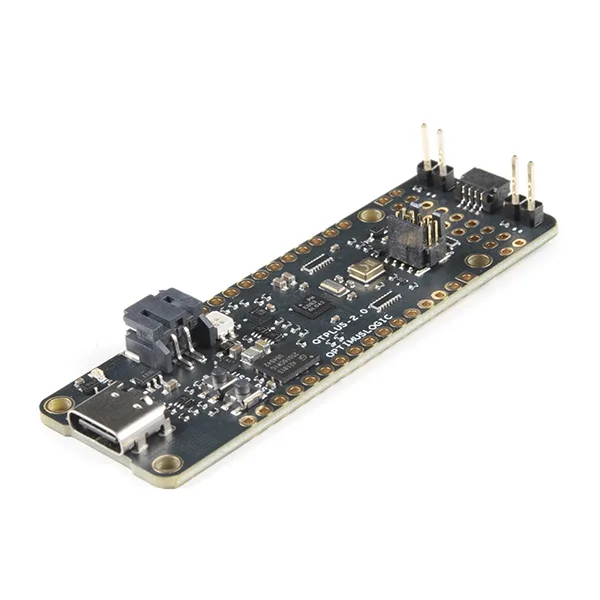
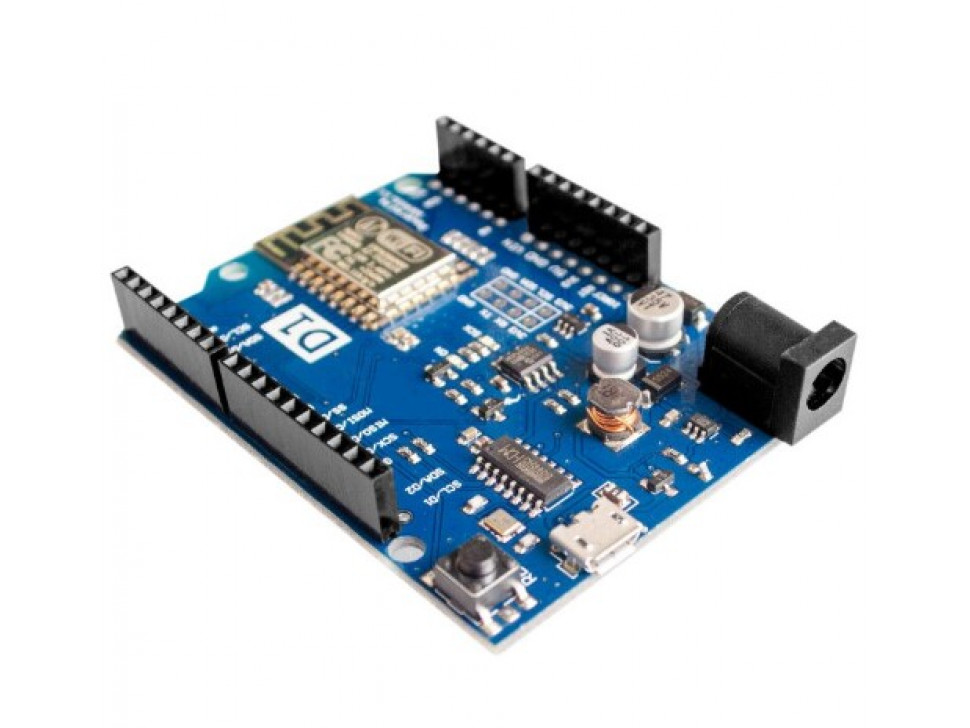
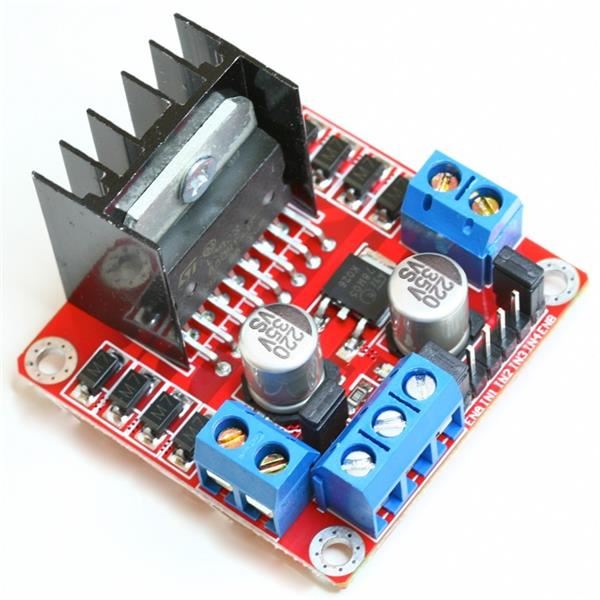
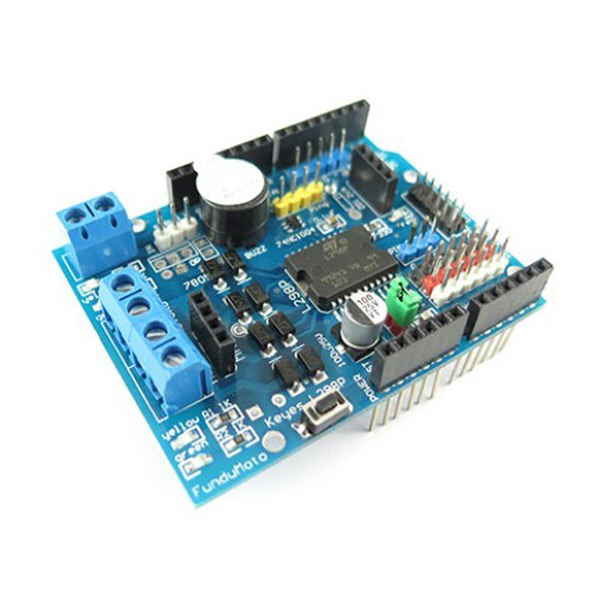
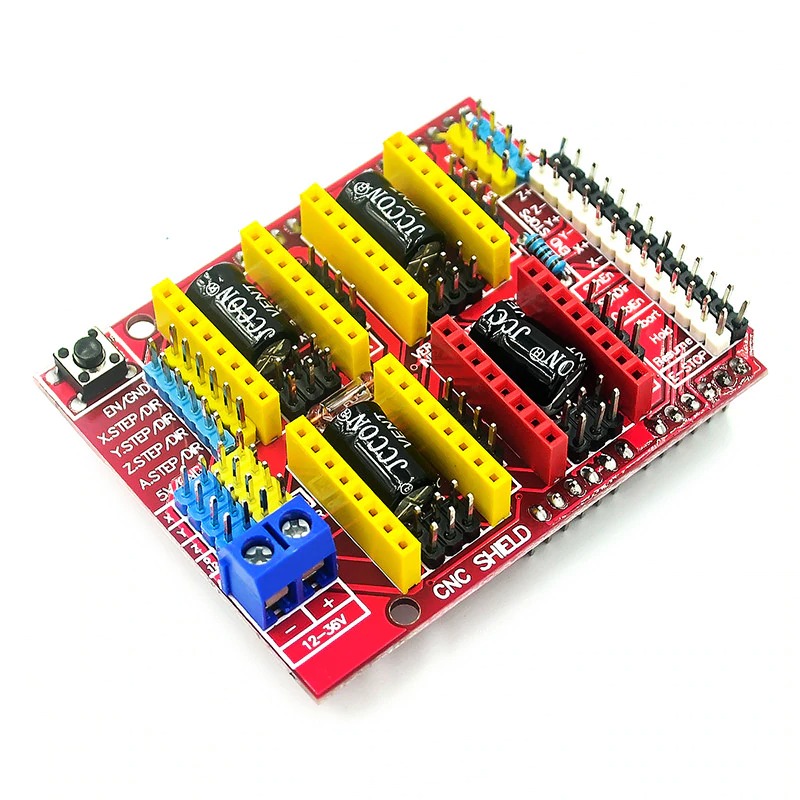
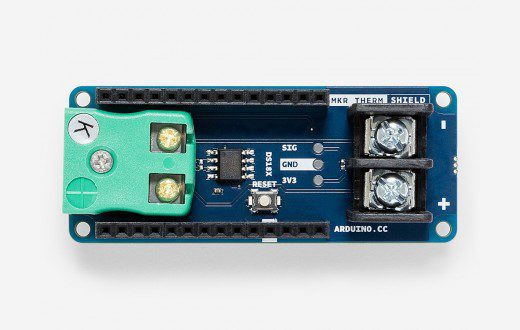
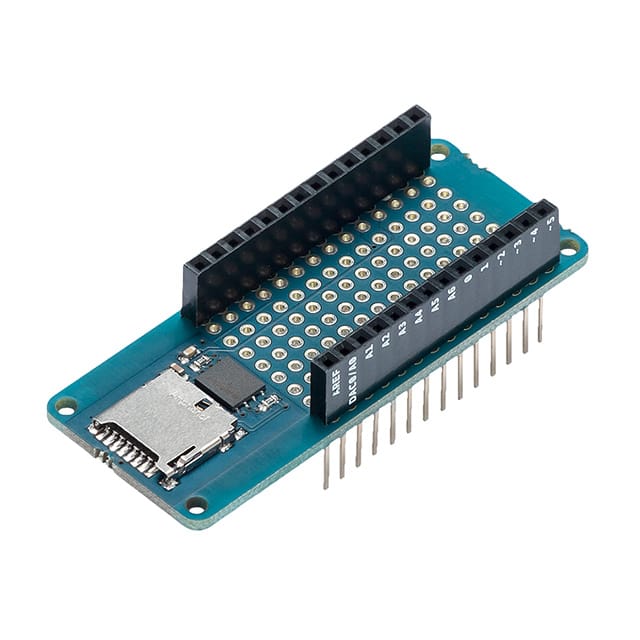
Reviews
Clear filtersThere are no reviews yet.